Spectroscopic data suggest that thin films of a certain semiconducting material can exhibit altermagnetism, a new and fundamental form of magnetism.
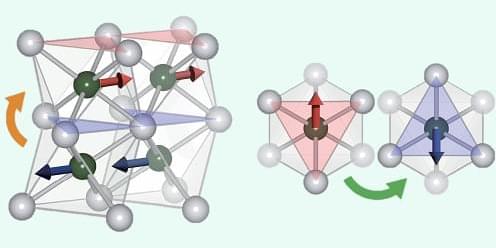

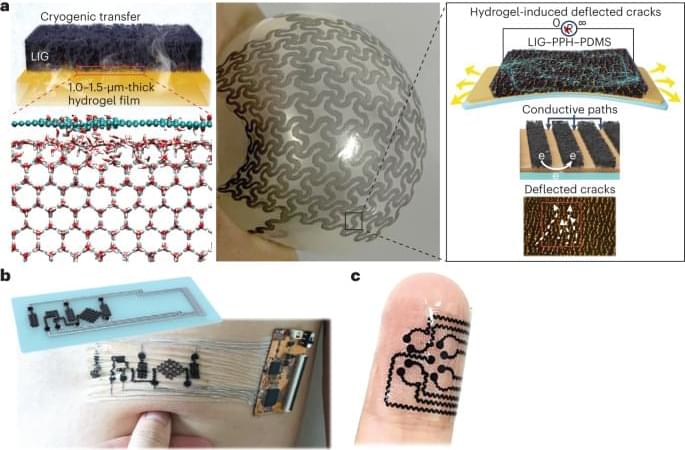
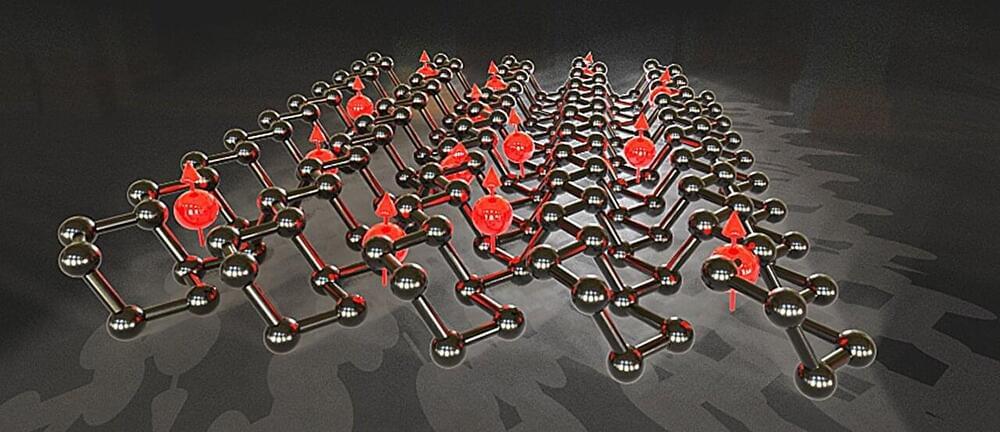
With modern electronic devices approaching the limits of Moore’s law and the ongoing challenge of power dissipation in integrated circuit design, there is a need to explore alternative technologies beyond traditional electronics. Spintronics represents one such approach that could solve these issues and offer the potential for realizing lower-power devices.
A collaboration between research groups led by Professor Barbaros Özyilmaz and Assistant Professor Ahmet Avsar, both affiliated with the Department of Physics and the Department of Materials Science and Engineering at the National University of Singapore (NUS), has achieved a significant breakthrough by discovering the highly anisotropic spin transport nature of two-dimensional black phosphorus.
The findings have been published in Nature Materials.
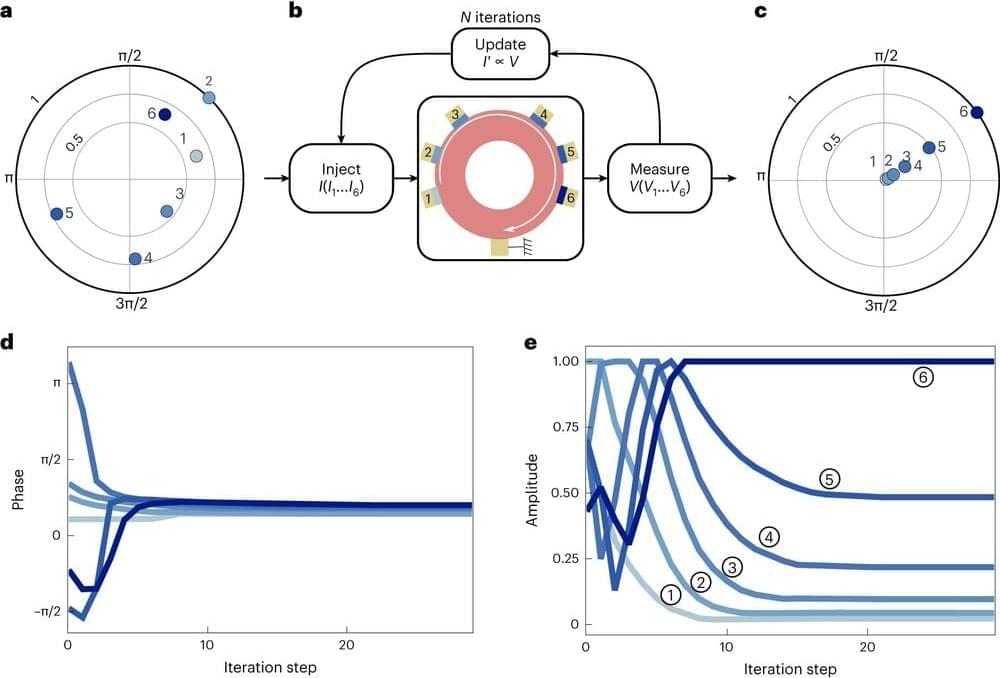
A significant breakthrough has been achieved by quantum physicists from Dresden and Würzburg. They’ve created a semiconductor device where exceptional robustness and sensitivity are ensured by a quantum phenomenon. This topological skin effect shields the functionality of the device from external perturbations, allowing for measurements of unprecedented precision.
This remarkable advance results from the clever arrangement of contacts on the aluminum-gallium-arsenide material. It unlocks potential for high-precision quantum modules in topological physics, bringing these materials into the semiconductor industry’s focus. These results, published in Nature Physics, mark a major milestone.

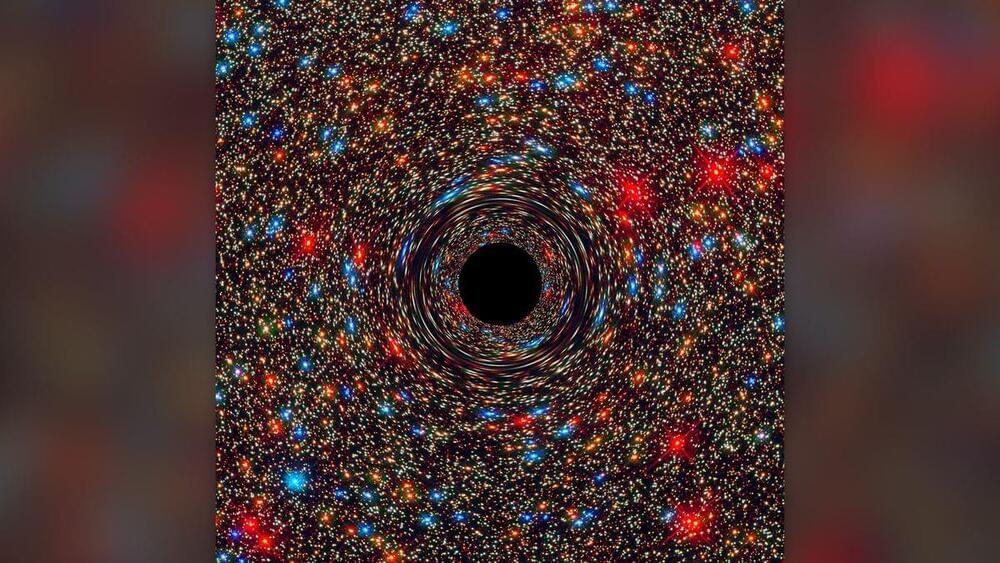
The first working graphene semiconductor outperformed silicon, suggesting that the supermaterial could be the future of electronics.
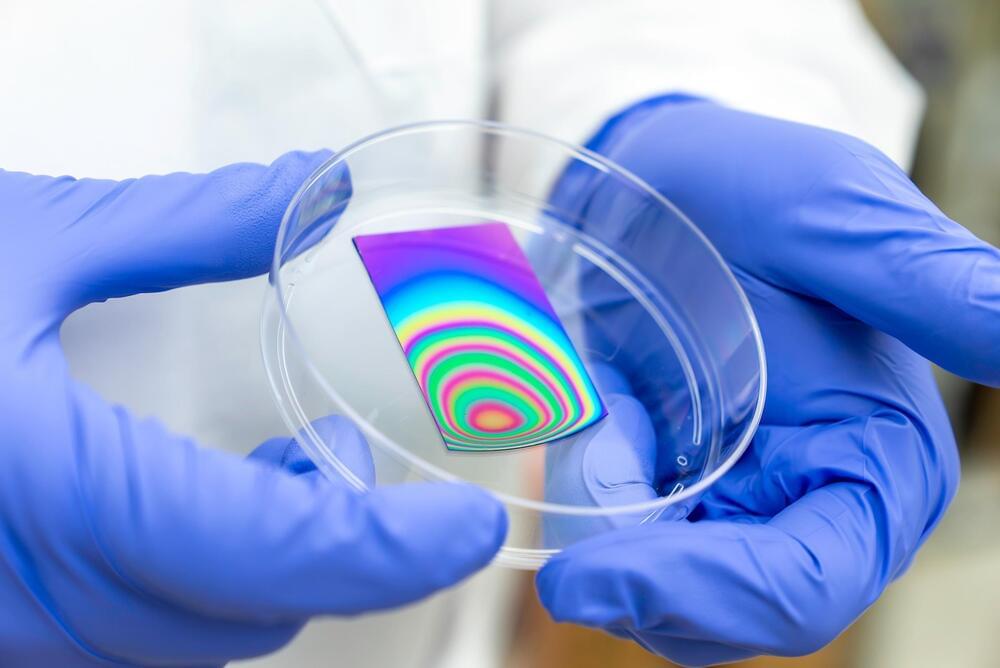
Rice University materials scientists developed a fast, low-cost, scalable method to make covalent organic frameworks (COFs). Credit: Photo by Gustavo Raskosky/Rice University.
Materials scientists at Rice University have created an efficient, affordable, and scalable technique for producing covalent organic frameworks (COFs). These crystalline polymers are notable for their adjustable molecular structure, extensive surface area, and porosity, making them potentially valuable in areas like energy applications, semiconductor devices, sensors, filtration systems, and drug delivery.
“What makes these structures so special is that they are polymers but they arrange themselves in an ordered, repeating structure that makes it a crystal,” said Jeremy Daum, a Rice doctoral student and lead author of a study published in ACS Nano. “These structures look a bit like chicken wire ⎯ they’re hexagonal lattices that repeat themselves on a two-dimensional plane, and then they stack on top of themselves, and that’s how you get a layered 2D material.”

Some of the finest, smallest details in the universe – the gaps between elongated groups of stars – may soon help astronomers reveal dark matter in greater detail than ever before. After NASA’s Nancy Grace Roman Space Telescope launches, by May 2027, researchers will use its images to explore what exists between looping tendrils of stars that are pulled from globular clusters. Specifically, they will focus on the tidal streams from globular clusters that orbit our neighboring Andromeda galaxy. Their aim is to pinpoint a greater number of examples of these tidal streams, examine gaps between the stars, and ideally determine concrete properties of dark matter.
Globular cluster streams are like ribbons fluttering in the cosmos, both leading and trailing the globular clusters where they originated along their orbits. Their lengths in our Milky Way galaxy vary wildly. Very short stellar streams are relatively young, while those that completely wrap around a galaxy may be almost as old as the universe. A stream that is fully wrapped around the Andromeda galaxy could be more than 300,000 light-years long but less than 3,000 light-years wide.
With Roman, astronomers will be able to search nearby galaxies for globular cluster stellar streams for the first time. Roman’s Wide Field Instrument has 18 detectors that will produce images 200 times the size of the Hubble Space Telescope’s near-infrared camera – at a slightly greater resolution.

Researchers have demonstrated a mirror-based neutron interferometer that should be more sensitive to beyond-standard-model particle interactions than previous instruments.
Some theories of beyond-standard-model physics predict that neutrons passing close to an atomic nucleus will experience exotic interactions with the particles in that nucleus. To try to spot these interactions, physicists use a neutron interferometer, a device that splits and then recombines a neutron beam. If a currently unknown particle interaction affects one branch of the split beam as it passes through a material, the signature should show up in the interference pattern that forms when the two beams come back together. Takuhiro Fujiie at Nagoya University, Japan, and colleagues have now demonstrated a new neutron interferometer that promises greater sensitivity to beyond-standard-model physics [1].
In a conventional neutron interferometer, components made of crystalline silicon manipulate the neutron beam. Such interferometers only work for neutron beams that have wavelengths between 0.19 and 0.44 nm because of the spacings between crystalline silicon’s atoms. In the new instrument, neutron mirrors composed of alternating layers of nickel and titanium manipulate the neutron beam. The spacing of the layers determines the wavelength reflected and can be tuned to make mirrors that work for a wider range of neutron-beam wavelengths—including longer wavelengths that offer greater measurement sensitivity.